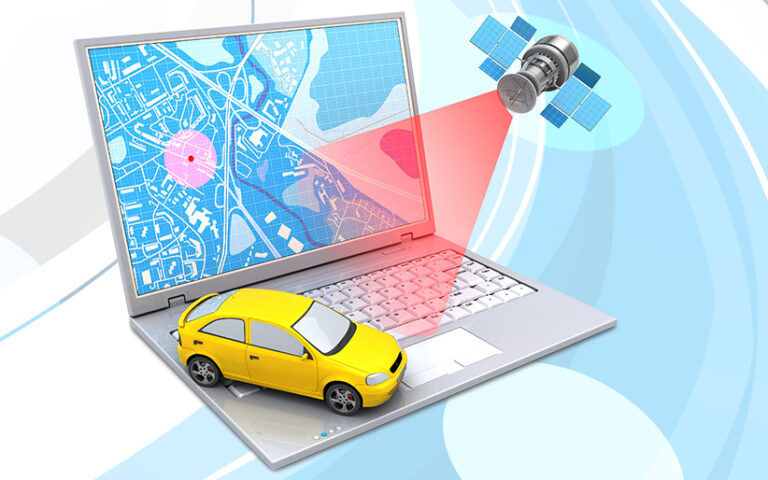With the deadline set for Australia to turn off the 3G cellular network (30th June 2024), many Fleet Managers are yet to organise the changeover of their In-Vehicle Monitoring Systems (IVMS) to 4G. One issue is a lack of understanding of the benefits 4G will provide, and the ability to outline these in a specifications document.
IPWEA can provide Fleet Managers with the resources to go to market and the knowledge to accurately define their requirements via the online Assets Tracking and Monitoring short training course.
Here’s a summary of the main difference between 3G and 4G:
- Network Speed: 4G networks provide significantly faster data transfer speeds compared to 3G networks. This higher bandwidth allows for quicker and more efficient transmission of data, including real-time tracking information from vehicles.
- Latency: 4G networks generally have lower latency compared to 3G networks. Latency refers to the time it takes for data to travel from the source (e.g., a vehicle tracking device) to its destination (e.g., a tracking server). Lower latency in 4G networks enables faster response times, which is crucial for real-time vehicle tracking.
- Data Capacity: 4G networks have higher data capacity, allowing for the transmission of larger amounts of data at once. This is particularly beneficial for vehicle tracking systems that require frequent and continuous data updates, such as real-time location updates, speed monitoring, or sensor data from the vehicle.
- Enhanced Services: 4G networks support additional services, such as Voice over LTE (VoLTE), which enables high-quality voice calls over the data network. This feature can be useful for integrating voice communication capabilities into vehicle tracking systems, allowing for better communication between drivers and control centers.
Overall, the transition from 3G to 4G in vehicle tracking systems offers improved speed, reliability, coverage, and data capacity. These enhancements contribute to more accurate and responsive tracking, facilitating better fleet management, increased operational efficiency, and enhanced safety features.






